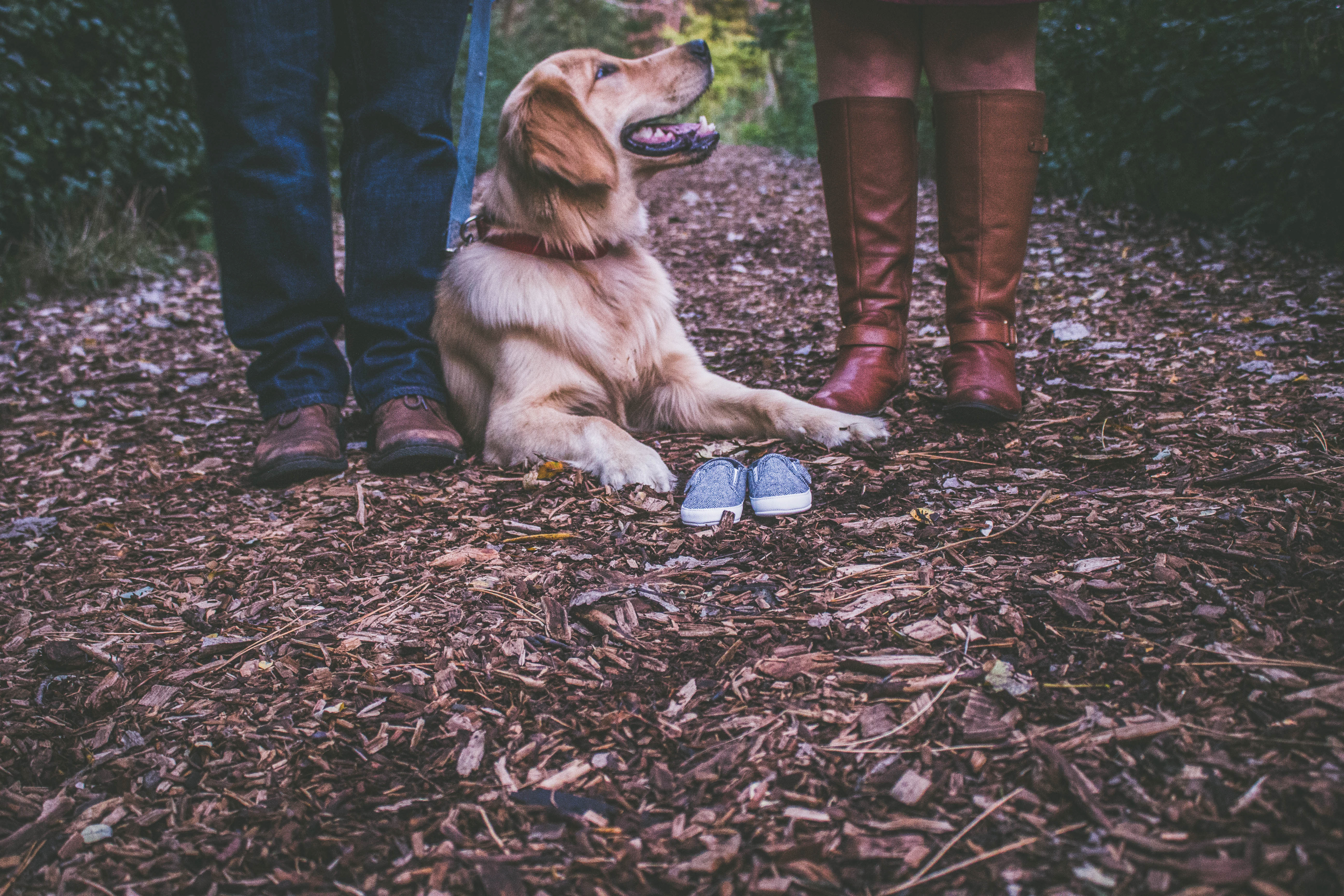
Share this Post
In the Information Age, we are often left with conflicting views on every subject. When it comes to dogs and babies it’s no different. Videos and photos of dogs and babies can get the aww factor but are they safe?
Here we talk about 5 common myths that we hear about and our thoughts and experiences. Remember that every dog is different and if you are struggling please contact us at Canine Interaction to discuss your personal needs.
1) Bring home the Blanket
An episode of Ellen featuring Anne Hathaway is a perfect example of this myth going wrong. Anne explains bringing home the baby beanie, to which her dogs shredded the beanie.
Dogs are very scent focused, but as Jennifer Shryock says, if a friend is visiting for the first time do they have to send their underwear first?
Your dog’s first experience with the scent of the baby could be your water breaking at home (we have great ideas to help if this occurs). There is no harm in bringing home the blanket, but be clear about what you are trying to achieve and your expectations of the dog’s interaction with the scent.
Do you want your dog ripping up the blanket? Sitting politely while you are cradling the beanie?
You must remain calm too if the dog starts mouthing and you get mad the dog now has a negative association with the scent of the baby.
If you are discharged from the hospital after a day you may not have time to transfer scent to an item of clothing. That’s fine too. A dog that has had the blanket brought home and been fine is no indication that they will be relaxed and well behaved with a baby. Take your time, introduce slowly and when everyone is relaxed and calm.
2) My dog knows I’m pregnant and is protective, so he/she will be protective of the baby!
There are definitely dogs that know that something is different. With their keen sense of smell they will notice a change in mums hormones, but do they know that it means a baby is coming? We can’t ask them, my opinion is that dogs have no experience of birthing pups, and even if they had their hormones would likely smell different, they are unlikely to understand what’s happening. They just know mum’s not her usual self.
The protectiveness often experienced can be quite concerning, if the dog doesn’t let dad near mum how will he/she cope when the baby is near her? The dog may protect mum from the baby and this requires immediate professional assistance. If you see any protective behaviours in your dog please contact a force free dog trainer or contact us at Canine Interaction.
3) The dog can no longer sleep in the home/bedroom – Dog must become an outside only dog!
There is no need to be so restricted in the changes to your dog’s life, however, a few changes may help the new routine.
Dogs and babies do much better when the home is inclusive of both their needs. You don’t want a dog that’s scared of the baby or a baby scared of the dog. There are safe ways to keep everyone happy.
Crate Training is a great example. This allows the dog to sleep in the bedroom but is unable to access the baby while everyone is sleeping. Baby gates/playpens are also great to implement through the home to prevent access to baby without supervision.
When making these changes start early in your pregnancy and implement slowly.
4) Teach the dog who’s boss / the baby needs to be higher in the pack!
Dominance theory has changed as behaviourists have done further study. Our dogs are not sitting around the house planning on how they can take over the world. They live in the moment and are part of the family.
We do not want to add tension and stress by imagining power struggles. Instead, focus on the training skills and manners your dog would benefit from.
Avoid punishment around the baby, ask for the behaviours you have been teaching – eg if the dog likely to jump up when the baby is being carried practice sit, once known add distractions until the dog will sit at all times.
If the dog gets in trouble every time the baby is nearby we are going to damage their blooming relationship.
5) I have a ………. (Insert Breed) so I need to re-home my dog.
The media is great at identifying “dangerous breeds” the truth is no dog is more or less likely to bite. We need to judge each dog on their own merits.
All dogs can bite, and if pushed to their limit will. It’s our job to prepare our dogs for the changes they are going to experience, teach them suitable behaviours, avoid aggressive training methods which will build anxiety and tension and supervise/manage their interactions with our babies.
Proactive supervision (100% in the moment) is the best option. Not watching the interaction through the camera lens or while checking Facebook. Be involved and if you can’t separate.
Dog and kids can be great friends. Things go wrong not because of bad dogs or bad owners – it’s a bad moment. But these bad moments can be devastating.
We recommend that all expectant parents participate in a dogs and storks program. Canine Interaction offers these in South Australia as in-home consults, group seminars and via Skype. For a local provider check out www.familypaws.com
Share this Post
